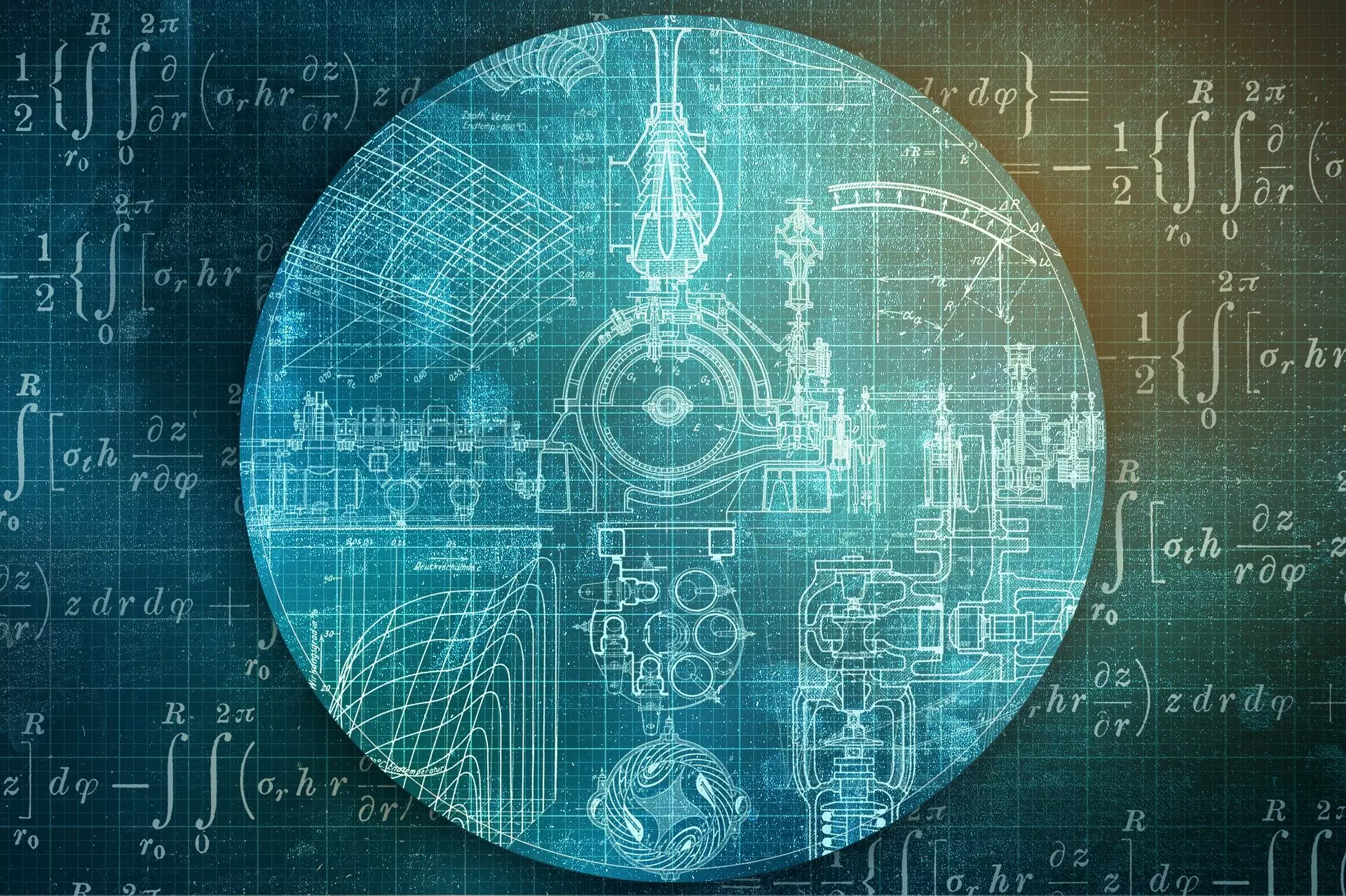Artificial intelligence has made significant strides in recent years, particularly in the realm of generative models. These machine-learning algorithms have revolutionized the way we approach data generation, utilizing patterns learned from existing datasets to create new, similar data sets. Generative models are versatile tools widely used in image generation, natural language processing, and even music composition. Despite their success in various applications, the field still lacks a solid theoretical foundation, which is crucial for maximizing their potential and addressing their limitations.
One of the primary challenges faced by generative models is the ability to efficiently select samples from complex data patterns. Traditional sampling methods struggle with high-dimensional and intricate datasets common in modern AI applications, highlighting the need for more sophisticated techniques. Recent research led by Florent Krzakala and Lenka Zdeborová at EPFL delves into the efficiency of neural network-based generative models. Their study, published in PNAS, compares these modern methods against traditional sampling techniques, focusing on probability distributions related to spin glasses and statistical inference problems.
The researchers investigated various generative models that utilize neural networks in innovative ways to understand data distributions and generate new data instances. They explored flow-based models, diffusion-based models, and generative autoregressive neural networks, each with unique approaches to learning and generating data. By employing a theoretical framework, the team assessed the performance of these models in sampling from known probability distributions, equating the process to a Bayes optimal denoising problem. This analytical approach allowed them to draw parallels between data generation and noise removal, shedding light on the intricacies of generative models.
Drawing inspiration from the intricate world of spin glasses, the researchers analyzed how neural network-based generative models navigate complex data landscapes. By comparing these modern techniques to traditional algorithms like Monte Carlo Markov Chains and Langevin Dynamics, they uncovered both strengths and limitations. For instance, while diffusion-based methods may encounter challenges due to phase transitions in denoising paths, neural network-based models demonstrate superior efficiency in certain scenarios. This nuanced understanding provides a balanced perspective on the capabilities of generative models, guiding the development of more robust and efficient AI systems.
The research conducted by Krzakala, Zdeborová, and their team serves as a valuable roadmap for enhancing generative models in artificial intelligence. By establishing a clearer theoretical foundation and exploring the intricate dynamics of data generation, this study lays the groundwork for next-generation neural networks capable of tackling complex tasks with unprecedented accuracy and efficiency. The insights gleaned from this research pave the way for innovative advancements in AI, shaping the future of generative models and their applications across various industries.


Leave a Reply